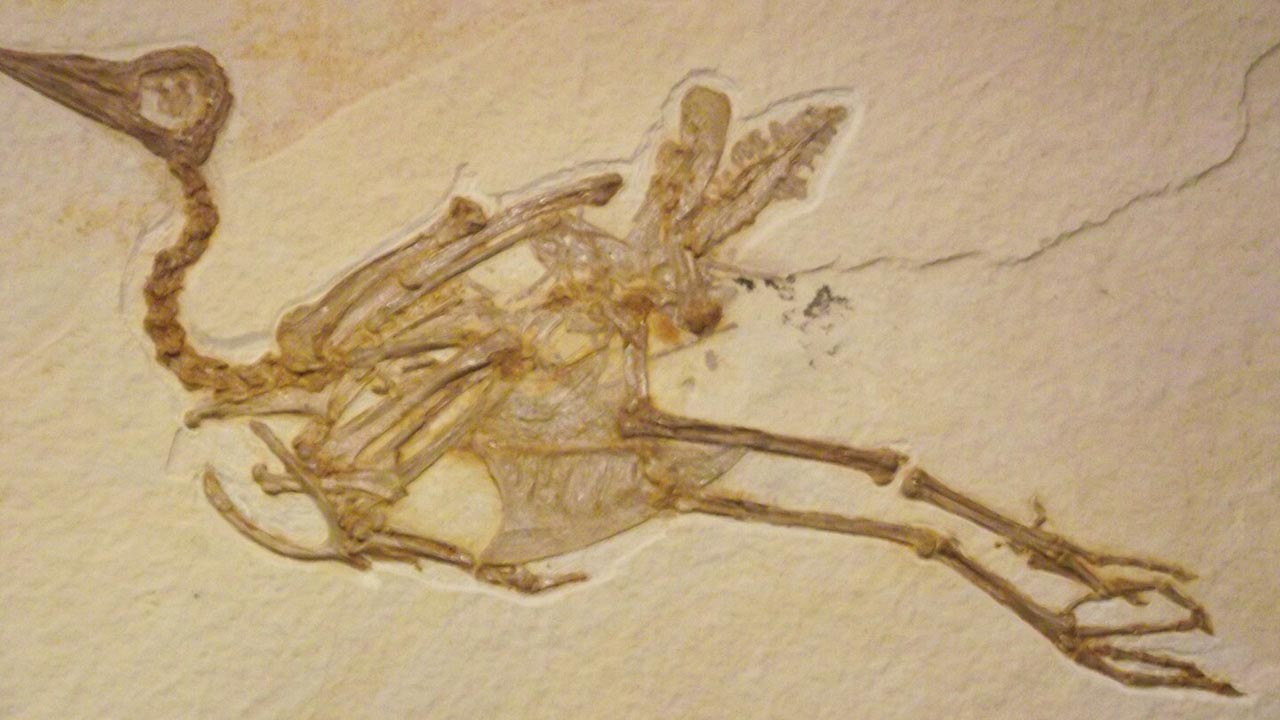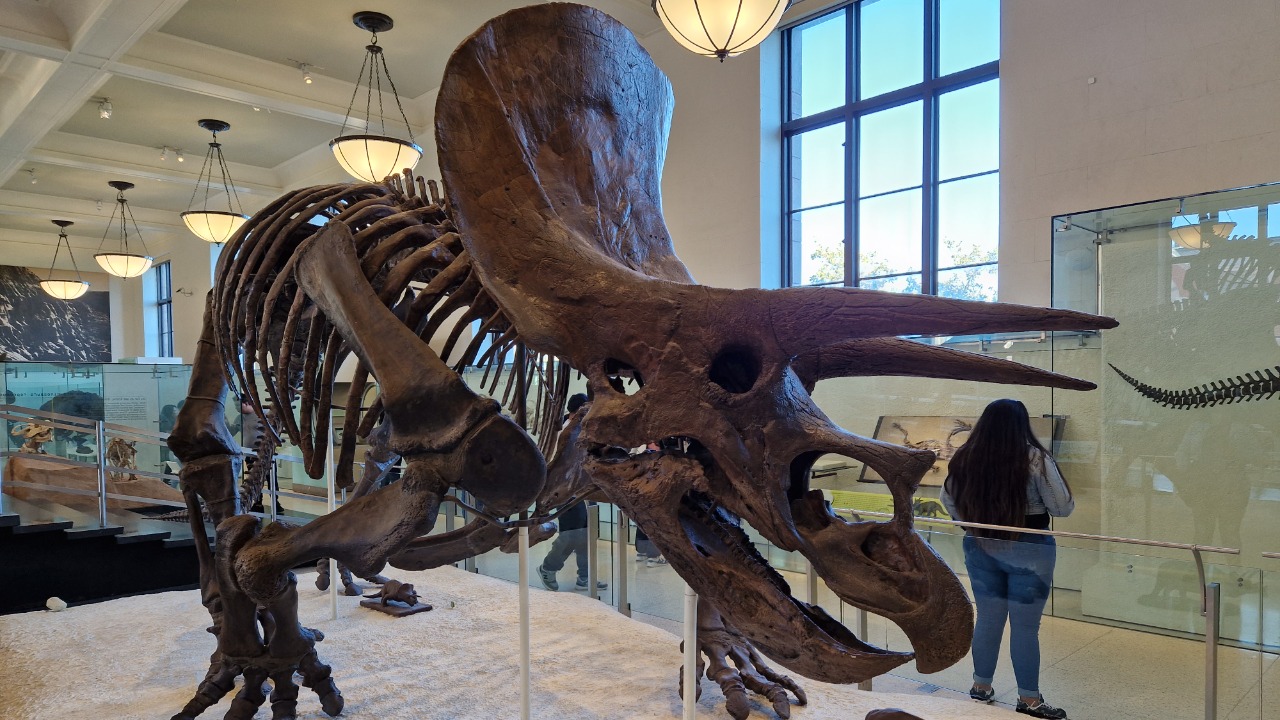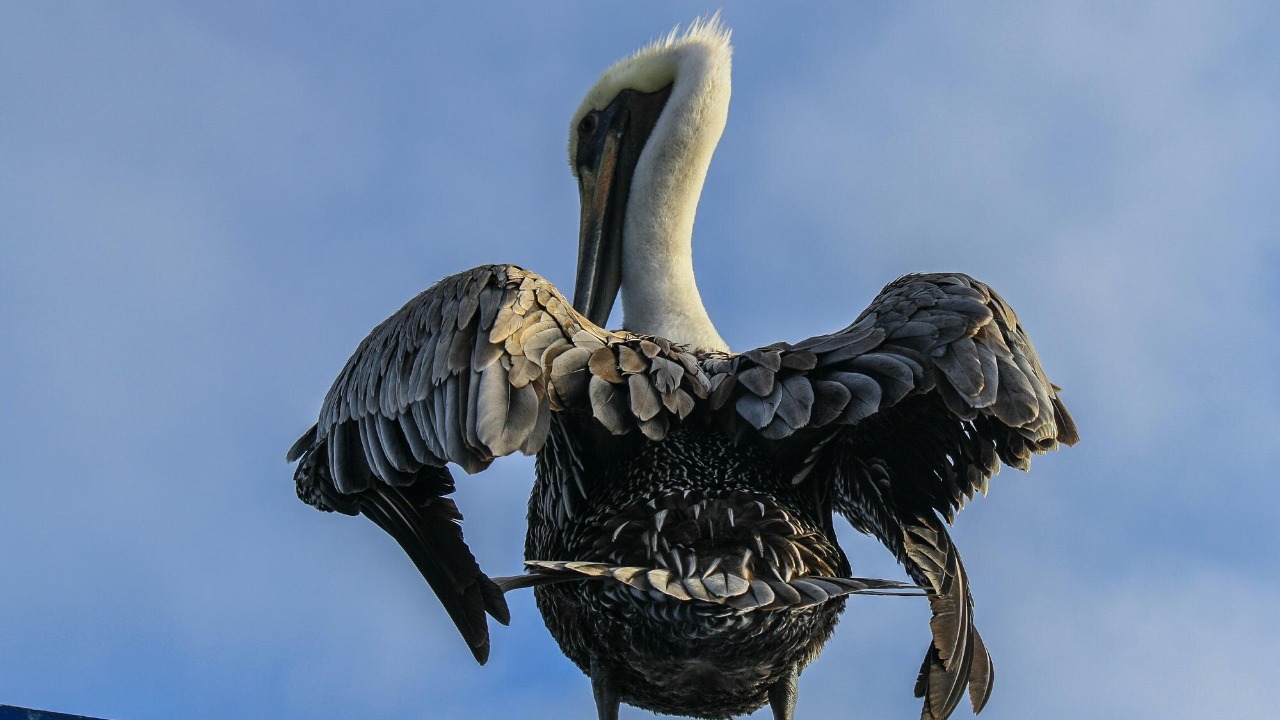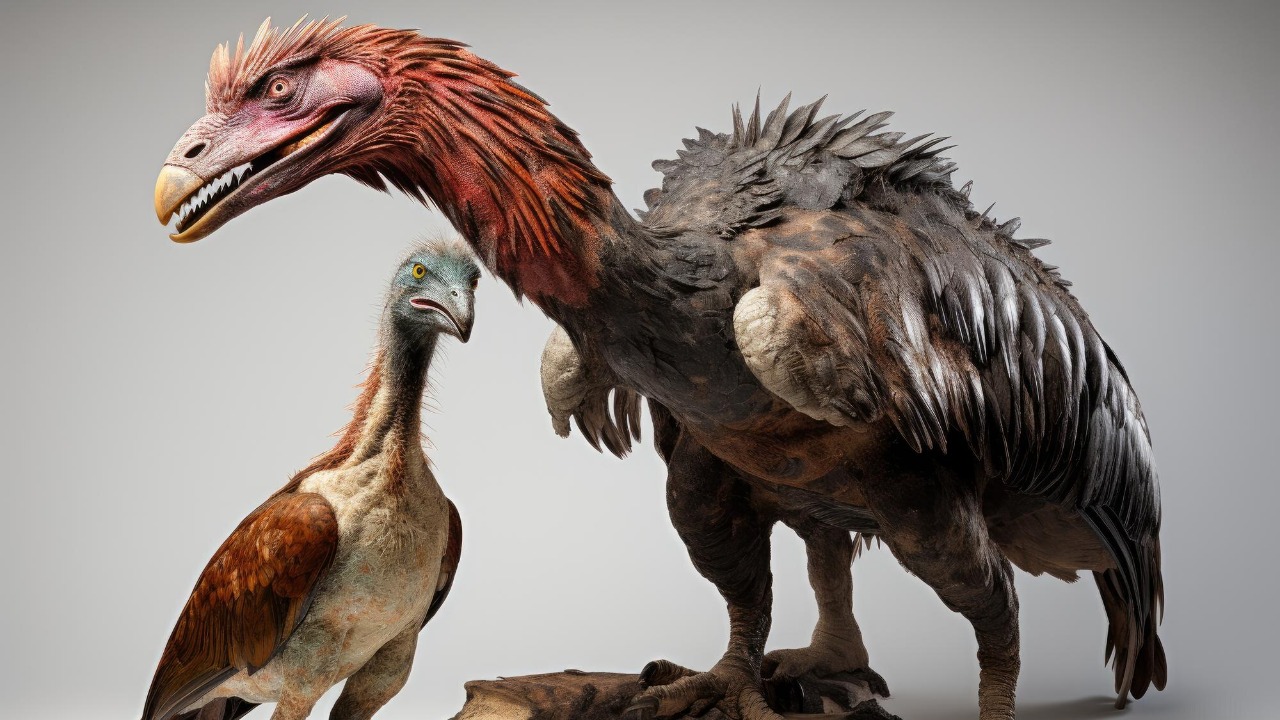
Fossil evidence reveals that after the extinction of dinosaurs, giant birds became the dominant creatures of the skies. Recent discoveries in places like Antarctica have unearthed fossils of enormous avian species, shedding light on their pivotal role during this era. The fascinating world of these prehistoric giants and their evolution following the demise of the dinosaurs offers a glimpse into a unique chapter of Earth’s history.
The Rise of Giant Birds

The extinction of dinosaurs around 66 million years ago marked a significant shift in Earth’s ecological balance. In the aftermath, giant birds emerged as some of the most formidable creatures in the skies. Recent fossil discoveries in Antarctica and other regions highlight the prevalence of these massive avian species. These finds suggest that giant birds quickly adapted to fill the ecological niches left vacant by the dinosaurs, becoming apex predators and scavengers in their ecosystems.
Without the presence of large dinosaurian predators and competitors, these birds evolved unique adaptations that allowed them to thrive. Their massive wingspans and powerful flight capabilities enabled them to dominate the skies, while their varied diets let them exploit different food sources. This adaptability was crucial in an era where ecosystems were rapidly changing and reshaping.
Fossil Evidence and Discoveries

One of the most striking aspects of giant birds is their sheer size, with some species boasting wingspans reaching up to 21 feet. These remarkable dimensions are evident in fossil discoveries unearthed in Antarctica. Such finds are invaluable to scientists aiming to piece together the story of avian evolution, as they provide a tangible link to a time when birds were among the dominant terrestrial animals.
The oldest known fossils of these giant birds offer insights into their evolutionary history. Detailed fossil analysis allows paleontologists to trace the lineage of these birds back to their origins, helping to uncover how they adapted to post-dinosaur environments. Through the study of fossilized bones, beaks, and feathers, researchers can reconstruct the appearance and behavior of these long-extinct giants.
Ecological Impact and Adaptation

Giant birds played a crucial role in shaping their ecosystems. As top predators and scavengers, they influenced the evolution and behavior of other species, controlling populations and contributing to the ecological balance. Their adaptations to a world without dinosaurs were key to their success. Their diverse feeding habits and impressive flight capabilities enabled them to exploit new niches and thrive in various environments.
Despite their initial success, the reign of giant birds was not eternal. Over time, changes in climate, habitat, and competition from emerging mammalian species contributed to their decline. As ecosystems continued to evolve, the once-dominant giant birds were eventually replaced by more adaptable species, leading to their extinction.
Comparative Evolution: Birds and Dinosaurs

The evolutionary lineage from dinosaurs to birds is a fascinating journey, revealing the interconnectedness of life on Earth. Key transitional species provide evidence of the gradual transformation from dinosaurian ancestors to modern birds. Similarities in anatomy, such as hollow bones and feathers, highlight the shared heritage between giant birds and their dinosaur ancestors.
Birds gained significant evolutionary advantages following the extinction of non-avian dinosaurs. Their ability to fly allowed them to access resources and habitats unavailable to other species, facilitating their diversification and success. This adaptability is reflected in the wide variety of avian species we see today, each with unique traits that have evolved over millions of years.
Modern Implications and Scientific Insights

The study of giant birds offers valuable lessons for understanding current avian species and their evolutionary paths. By examining the traits and adaptations of these prehistoric giants, scientists can gain insights into the resilience and adaptability of life in the face of mass extinctions. The use of advanced technologies, such as CT scanning and isotopic analysis, allows researchers to study fossils in unprecedented detail, reconstructing ancient environments and understanding the factors that shaped evolution.
These scientific insights have broader implications for biodiversity and conservation efforts. Understanding how life has historically responded to major environmental changes can inform strategies to protect and preserve modern species facing similar challenges. The story of giant birds is a testament to the enduring resilience of life, offering hope and guidance for the future of Earth’s ecosystems.